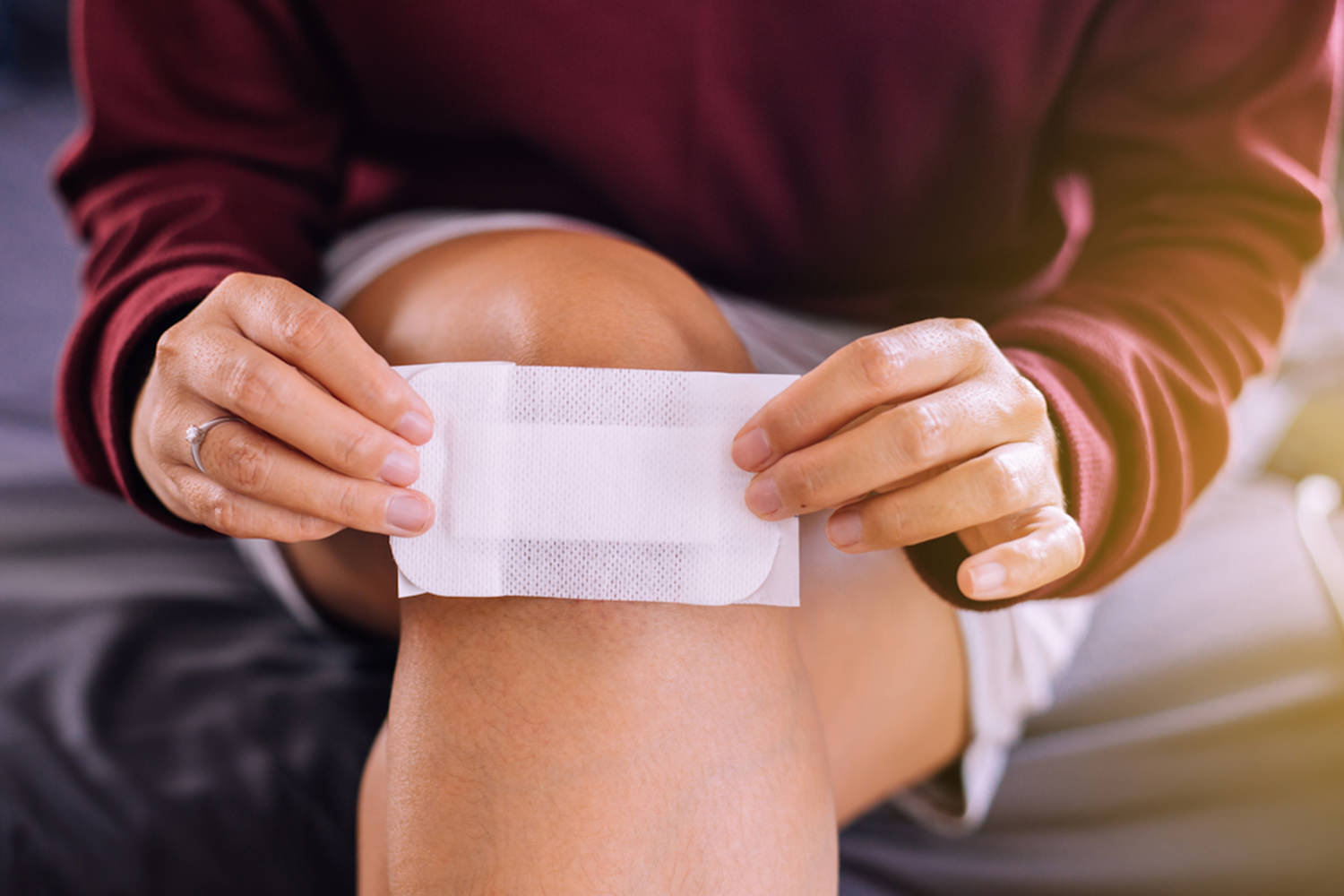In the ever-evolving world of healthcare, wound care is an area that consistently benefits from technological advancements and innovative approaches. As we step into 2024, it’s exciting to see how new technologies and methodologies are revolutionizing wound care. At CellEra, we are at the forefront of these advancements, committed to providing top-notch solutions that improve patient outcomes and streamline care processes.
Here’s what you can expect from this article:
- Latest Technological Advancements in Wound Care
- New and Improved Wound Healing Products
- Emerging Trends in Wound Care Research
- How to Integrate New Technologies into Clinical Practice
- Future Predictions and Continuous Learning in Wound Care
The Evolution of Wound Care Technology
Wound care has come a long way from the days of simple bandages and antiseptics. Historically, treatments were basic and often ineffective. However, with the advent of modern medicine, we've seen significant strides in how wounds are treated, resulting in faster healing times and better patient outcomes.
A Historical Perspective
In the past, wound care relied heavily on basic methods such as using clean cloths and natural remedies. Fast forward to the 20th century, and we began to see more scientific approaches with the introduction of antiseptics and antibiotics. The real game-changer came with the development of advanced dressings and wound care products that we see today.
Breakthroughs in Wound Healing Products
2024 brings an array of new products designed to enhance wound healing. At CellEra, we pride ourselves on offering some of these groundbreaking solutions.
Hydrocolloid Dressings
Hydrocolloid dressings have become a staple in modern wound care. These dressings create a moist environment that promotes faster healing and reduces pain. They are particularly effective for chronic wounds like pressure ulcers and diabetic foot ulcers.
Bioengineered Skin Substitutes
One of the most exciting developments is the use of bioengineered skin substitutes. These products, made from living cells, mimic natural skin and significantly improve the healing process for severe burns and chronic wounds.
Antimicrobial Dressings
Infections are a major concern in wound care. Antimicrobial dressings, which contain agents like silver or iodine, help prevent infections and promote a sterile healing environment.
Advanced Wound Care Solutions
Technology continues to play a pivotal role in advancing wound care. The integration of artificial intelligence (AI), telemedicine, and smart dressings is transforming how wounds are managed and treated.
Artificial Intelligence in Wound Assessment
AI is revolutionizing wound assessment by providing accurate and consistent evaluations. AI-powered tools can analyze images of wounds and offer insights into their severity, helping clinicians make informed decisions quickly. This technology is particularly useful in remote areas where access to specialist care may be limited.
Telemedicine for Wound Care Management
Telemedicine has gained significant traction, especially in the wake of the COVID-19 pandemic. It allows healthcare providers to monitor and assess wounds remotely, ensuring patients receive timely care without the need for frequent clinic visits. This approach not only improves patient convenience but also reduces healthcare costs.
Smart Wound Dressings
Smart dressings equipped with sensors can monitor various parameters such as moisture levels, pH, and temperature. These dressings provide real-time data, enabling clinicians to adjust treatments promptly and accurately. This proactive approach helps in preventing complications and promoting faster healing.
Emerging Trends in Wound Care Research
Research continues to uncover new ways to enhance wound healing. Some of the most promising areas include regenerative medicine, stem cell therapy, and the use of growth factors and peptides.
Regenerative Medicine
Regenerative medicine focuses on repairing or replacing damaged tissues and organs. In wound care, this translates to techniques that stimulate the body's natural healing processes. For example, tissue-engineered skin grafts and scaffolds are being developed to treat complex wounds.
Stem Cell Therapy
Stem cell therapy is showing great potential in treating chronic wounds. Stem cells have the ability to differentiate into various cell types, promoting tissue regeneration and repair. Clinical trials are underway to explore their efficacy in wound healing, and early results are promising.
Growth Factors and Peptides
Growth factors and peptides play a crucial role in cell signaling and wound healing. Products containing these bioactive molecules can accelerate the healing process, especially in difficult-to-treat wounds.
Implementing New Technologies in Clinical Practice
Adopting new technologies in wound care requires careful planning and education. At CellEra, we believe in empowering healthcare providers with the knowledge and tools they need to integrate these innovations seamlessly.
Steps to Integrate New Technologies
- Assessment and Planning: Evaluate the specific needs of your facility and patients. Identify which technologies will provide the most benefit.
- Training and Education: Provide comprehensive training for your staff. This can include workshops, online courses, and hands-on demonstrations.
- Pilot Programs: Start with a pilot program to test the new technology on a smaller scale. Gather feedback and make necessary adjustments before full implementation.
- Continuous Monitoring: Regularly monitor the performance and outcomes of the new technology. Use data to make informed decisions and improve processes.
Case Studies: Success Stories with CellEra Products
Our products at CellEra have been successfully implemented in various healthcare settings. For instance, a long-term care facility in Texas reported a 30% reduction in wound healing time after integrating our advanced dressings and AI-powered assessment tools. These success stories highlight the tangible benefits of embracing new technologies.
The Future of Wound Care
Looking ahead, the future of wound care is bright with continued innovation and research. We can expect to see even more advanced products and technologies that will further enhance patient outcomes and streamline care processes.
Predictions for Upcoming Advancements
- Nanotechnology: The use of nanoparticles to deliver targeted therapies directly to the wound site.
- 3D Bioprinting: Printing custom skin grafts and tissues for individualized patient care.
- Gene Therapy: Using genetic engineering to promote wound healing at the cellular level.
The Importance of Continuous Learning
In the rapidly evolving field of wound care, continuous learning is essential. Healthcare providers must stay informed about the latest advancements and best practices to provide the highest standard of care. At CellEra, we are committed to supporting ongoing education through our resources and training programs.
Conclusion
The advancements in wound care for 2024 are truly exciting, offering new hope for patients and healthcare providers alike. From AI-powered assessments to bioengineered skin substitutes, these innovations are set to revolutionize wound care. At CellEra, we are proud to be at the forefront of these developments, providing top-quality products and solutions to improve patient outcomes.
Remember, adopting new technologies requires careful planning and continuous learning. By staying informed and proactive, healthcare providers can ensure they are delivering the best possible care to their patients.
For more information on wound care advancements, visit reputable sources like Wound Source and National Institute of General Medical Sciences.





Share:
Wound Care Dressings: Types and Applications